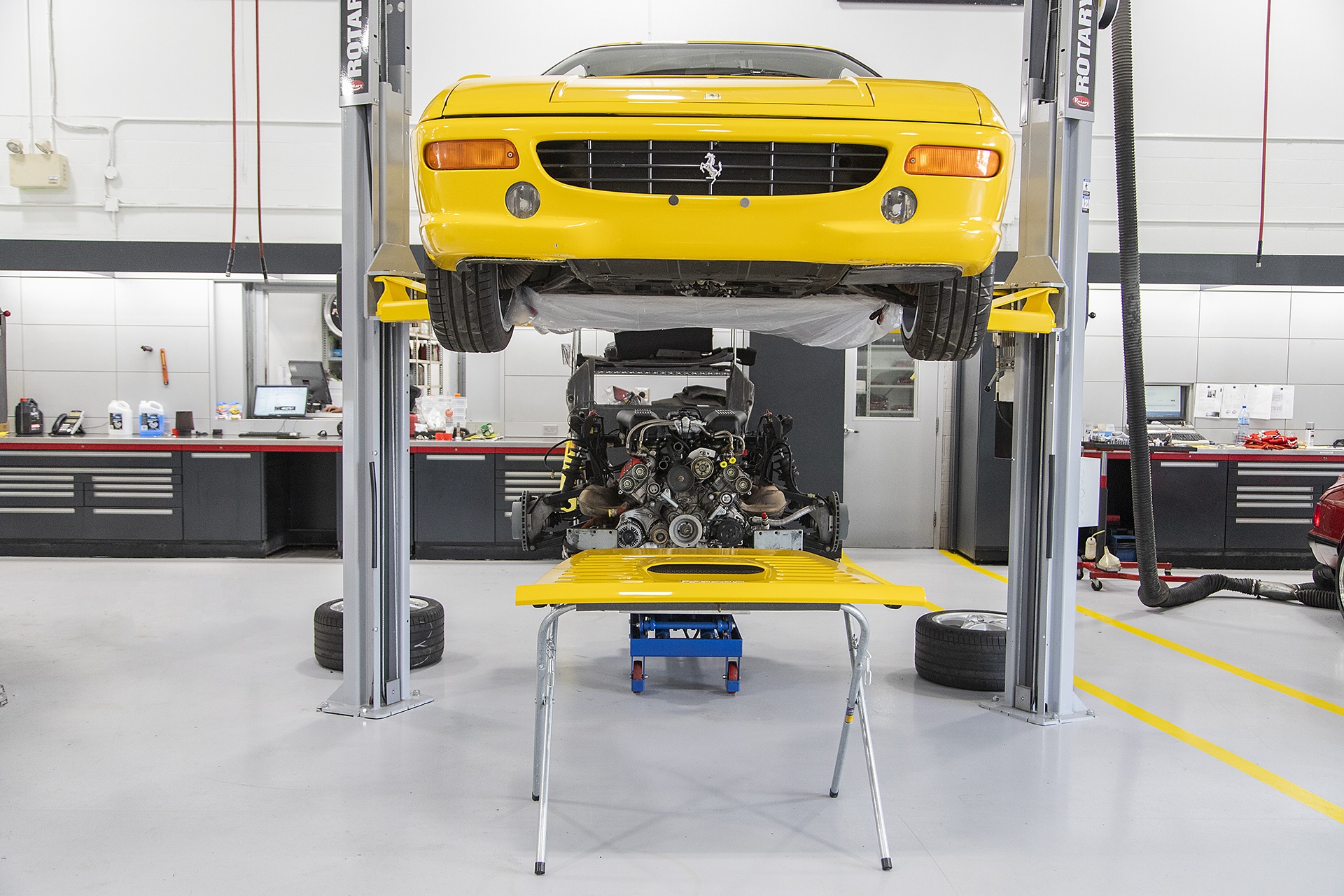No matter what type of car we are talking about, auto accidents usually include common denominators, such as recklessness, negligence, intoxication, and speeding. In some cases, all the above.
All vehicles are prone to be involved in traffic accidents. However, the costs in your and other’s physical integrity, material damage, and often in legal expenses increase proportionally to the type of car involved in an accident.
Many people say that high-performance are magnets for legal trouble, and we can’t blame them. These expensive machines tend to be driven at high speeds because they were designed precisely for that. But is it the case? Are supercars magnets for lawsuits?
Another factor to consider is the psychological effect of driving a supercar. In most cases, the average enthusiast who has access to a vehicle of these characteristics does not know the car or has the skills to “control” a machine with such performance. These individuals usually don’t take the time to educate themselves about their new purchase in a controlled environment to know the car’s limits.
And let’s not forget the ego factor; showing off these expensive boy’s toys increases the risk of an accident with all the consequences we have just described. So, more accident proneness means more legal consequences.
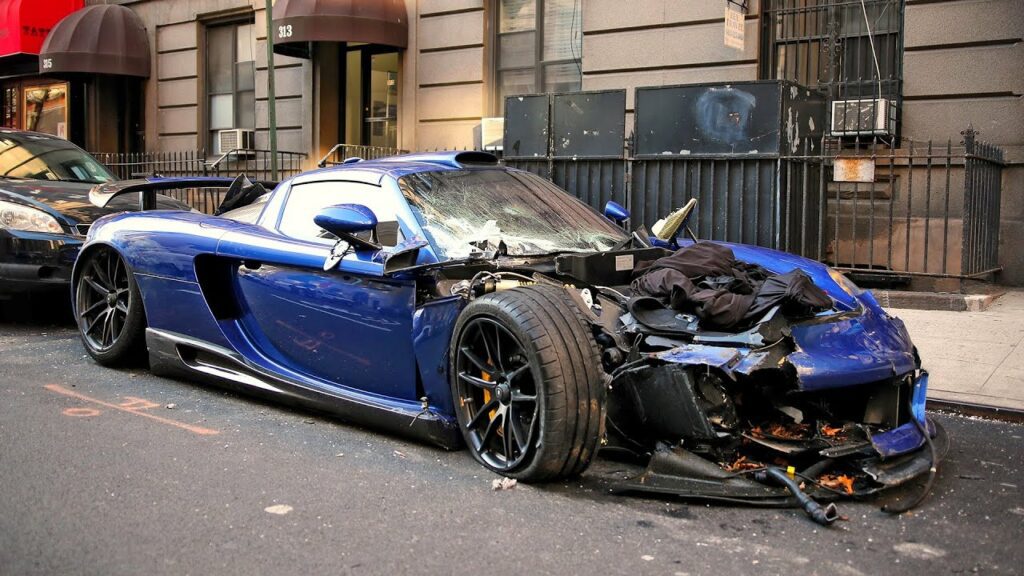

Statistics from the Institute for Highway Safety show some car models are more prone to accidents and, in supercars, more expensive accidents and, in some cases, more expensive lawsuits.
Despite being a rarity, since high-performance cars are driven faster and often with less caution, they are more prone to accidents and legal consequences.
Also, their repair costs are much higher than the average car. And to top it all, many supercars are more likely to catch fire than the average car.
According to studies conducted by the Highway Loss Data Institute on accident frequency and cost, although supercars represent a small percentage of all cars on the streets, they are more likely to bear the brunt of an accident.


Luxury brands like Ferrari, Bentley, Maserati, Audi, and BMW each have at least one of their models in the ten most accident-prone cars list. For example, in the case of the Ferrari 458 Spider, it is at the top of the list for having an accident susceptibility index almost six times higher than the average car.
With high-performance cars, even a minor fender bender can result in thousands of dollars worth of repairs. And in more severe accidents, become the most expensive car crashes ever. So, yes, we can confidently say that supercars are lawsuit magnets.
How Common Is To Get Sued If We Are Involved In Car Accident?
When we are involved in a car accident, we must start a claim process, have our car inspected, and get back to our lives. That is the usual process. However, it is not uncommon to receive a notification couple of months down the road, letting us know that the other party involved in the crash is suing us.
Not all accident claims lead to a lawsuit. In fact, in most auto accident cases, a lawsuit does not apply, especially if there were no fatalities or injuries among the involved.
But when we do get sued, we want to find out why someone is suing us for this accident.
Understandably, we are uncertain about what we are up against or how to solve it.
This requires understanding how the negligence laws of our state work and seeking the legal advice of a professional to represent us. Someone with the experience and knowledge to assess the circumstances of the accident.


Establishing who is at fault is essential to determine if we are eligible to be sued after an accident. In rear-end collision accidents, it is not that difficult to determine who was at fault. But there are other scenarios where liability in a car accident is not easy to decide on, especially if several vehicles were involved.
If you are found at fault for the accident, the first thing to do is contact your insurance company. Preferably do it with the person who processed your claim from the beginning. In most cases, our insurance policy covers any expenses to be paid to the other party.
How much someone can sue for after an accident varies. We recommend seeking advice from an attorney before agreeing on any amount in this process.
Who Is Suing Who?
Suppose someone else caused your accident and, therefore, your injuries. In that case, you can file a claim with your insurance company to collect compensation. However, before you can make this claim, you must prove fault.
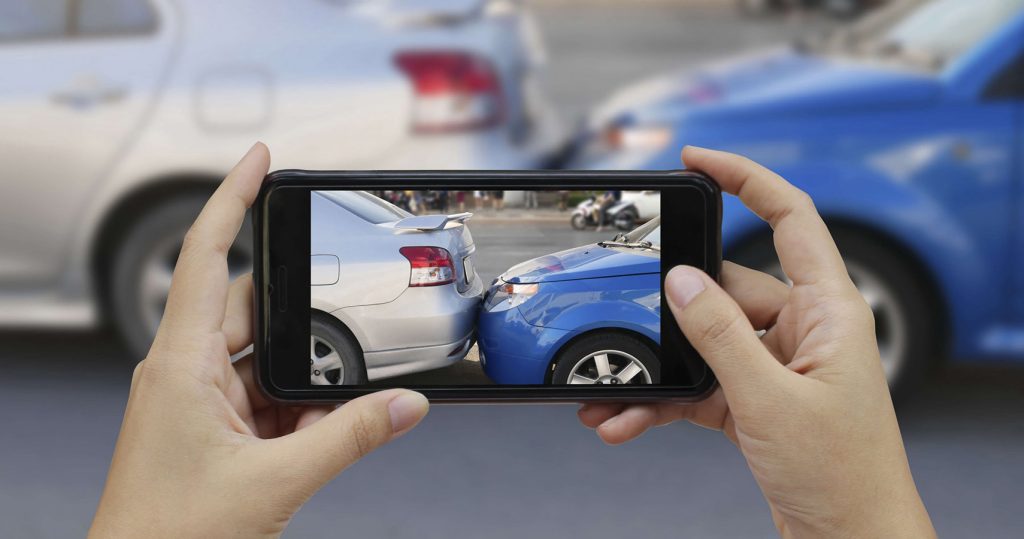

To obtain compensation through a car accident lawsuit, you must establish that a responsible party caused the accident. Other sources of liability can be:
Other Driver’s Employer
If the accident occurred in the scope of the other person’s usual work, the employer could share the responsibility.
Owner of the Other Car
If they knowingly allowed an unsafe driver to use their vehicle or in cases where the at-fault driver was a minor, the owner may share the blame.
Maintenance Workshop
The person or entity in charge of maintaining or repairing the vehicle may share the blame if the lack of maintenance caused the accident or if they performed maintenance incorrectly.
Manufacturer or Vehicle Part Supplier
Suppose a defect in vehicle parts caused the accident. In that case, they can share blame for causing the accident and the injuries.
Other Unsafe Drivers
Sometimes, other drivers contribute to the crash but avoid getting involved in the actual accident. Still, they are eligible to share responsibility for causing the accident.
A Government Entity
Government agencies that must maintain the road can share the blame if a road defect causes the accident. But, again, you must prove negligence before receiving any compensation.
Typical Car Accident Lawsuits Scenarios
It is not uncommon for an insurance company to deny a claim due to an auto accident. Sometimes insurance companies offer a settlement that might be insufficient. Or the worst-case scenario is the insurance company refuses to negotiate. If you are in any of these situations, then you should consider filing a lawsuit.
It is worth emphasizing that every state has its statute about the time you must wait to sue after a car accident. Once that statute has expired, you no longer can sue for damages.
Most Common Injuries Involved In Auto Accidents Lawsuits
Suffering an injury resulting from a car accident, especially if we were not responsible for causing it, is a valid reason to sue. There is no specific type of injury that is more justified than others. Although, there are more recurring types of injuries involved in lawsuits.
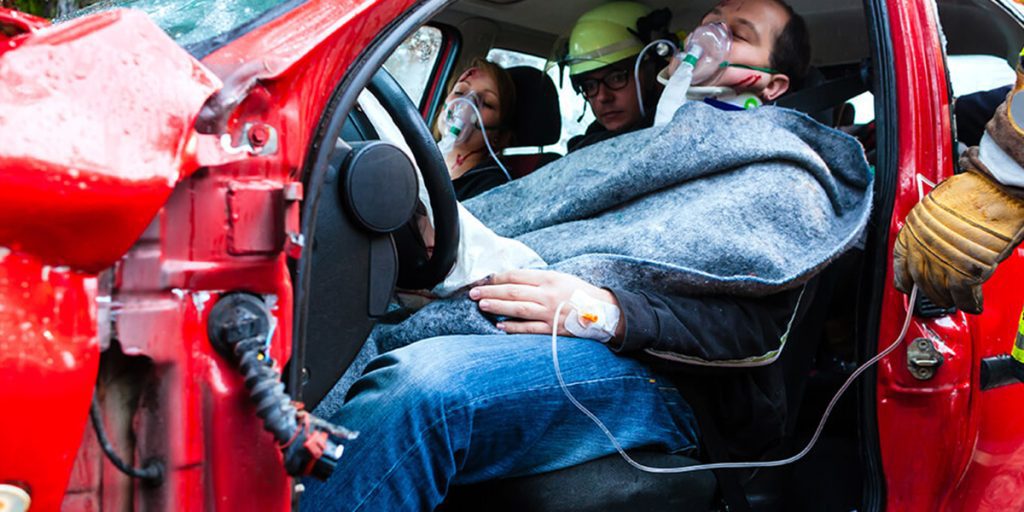

The most common injuries involved in car accident lawsuits are:
Torso and Chest
These include thoracic or abdominal trauma that may affect the respiratory tract and internal organs
Brain
This is traumatic brain injury (TBI), where the loss of consciousness and skull fracture occur at the accident
Head, Neck & Face
We refer to scratches, abrasions, and fractures
Limb
These include fissures or sprains of the wrists, knees, etc., open fractures, and even amputations
Spine (Vertebrae injuries)
These include cervical sprain (often called whiplash) and headaches, dizziness, neck pain, or even alterations in mood
Spinal Cord
Unlike the injuries of the vertebrae, in this case, it is the nervous tissue that is affected. Spinal cord injuries can cause paraplegia, tetraplegia, or hemiplegia
Injuries caused by seat belts
When used correctly, seat belts can reduce injuries that occur in an accident. However, misused seat belts may cause some injuries.
The seat belt must be below the anterior/superior iliac crest and above the femur to function correctly. In addition, it must be tight enough to stay in place during the movement of the impact.
When misused, the seat belt can cause rupture of the viscera by entrapment of organs between the anterior wall and the spine.
Most Common Types Of Car Accidents
Among the typical auto accidents where it is common for those affected to file a lawsuit are:
Frontal Collisions
This is the impact with another car or object in front, which abruptly reduces the speed of the vehicle(s) affected in the crash
Side Collisions
It is the collision against the side of the vehicle and accelerating the occupant away point of impact (acceleration as opposed to deceleration
Rear-End Collisions
It usually occurs when a vehicle is stopped and hit from behind by another car
Rollover
When the occupant of a car that rolls over, is not wearing a seat belt, can hit any part of the interior of the vehicle compartment
Hitting a Pedestrian
It means striking or running over someone with a vehicle
The interaction between the victim and the vehicle depends on the type of collision that occurred.
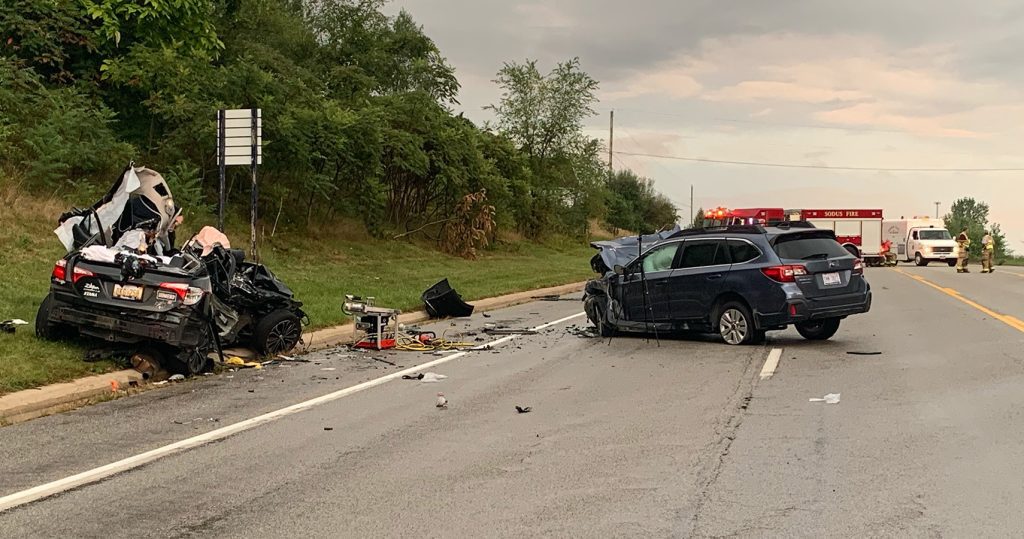

How Much Is The Average Claim For Each Type Of Crash & Injury?
Several factors determine the value of a car crash claim, for instance, insurance policy values, comparative fault, and your current and future medical expenses, to name a few.
According to The Patel Firm, In Texas, drivers are required to carry liability insurance. Their policy must be worth at least:
- $30,000 of coverage for injuries per person, up to a total of $60,000 per accident
- $25,000 of coverage for property damage
This is also known as 30/60/25 coverage. Some drivers opt to carry more.
Knowing all this information helps determine how much our claim is worth in advance. However, it is always advisable to consult an attorney to advise us and obtain the best possible result.


